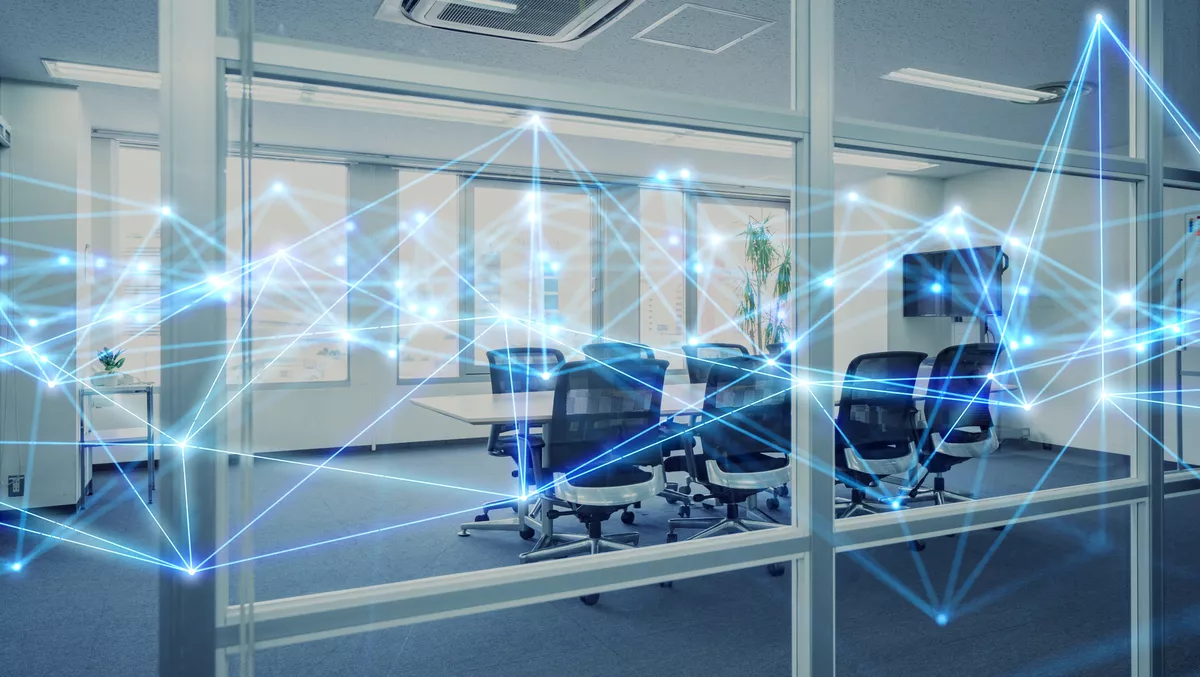
Honeywell launches suite of Occupant Experience apps for the office
Honeywell says its new suite of Occupant Experience apps includes features that analyse occupant behaviour and space utilisation patterns to improve the comfort, convenience and collaboration of knowledge workers.
The suite identifies areas to enhance the occupant experience while improving communication between building owners, tenants and occupants.
Honeywell says remote work is here to stay, but many employees are returning to offices at least a few days per week. In the Property Council of Australia's latest Office Occupancy Survey, office occupancy grew by at least 12% in all capital cities in Australia from May to June 2022. Adelaide and Brisbane had peak occupancy days that reached 80% and 73%, respectively. These figures are expected to remain strong, with hybrid working arrangements becoming the norm.
Honeywell says its Occupant Experience suite, including the Honeywell Remote Building Supervisor, featuring an Occupant Experience dashboard, and the Occupant Experience app powered by the Sine Pro mobile platform will empower the main groups that occupy and manage buildings in several ways.
- Improve property value with technology assets that can support current and future needs.
- Help employees adjust to hybrid work schedules and protocols through scheduling tools, frictionless entry options and space utilisation analytics that prevent crowding.
- Leverage tools to make employees feel heard by providing easy feedback pathways.
- Use space utilisation tools to accommodate employee populations.
- Gain confidence that goals for productivity, collaboration and retention are being met through easy-to-read, well-organised dashboards and real-time occupant experience indexes.
- Take more control over their in-office experience, including direct access to adjust temperature and lighting through a readily available app that also provides frictionless check-in and visitor management, eliminating the need for badges or keycards.
- Submit on-the-go mobile requests to facilities managers about maintenance, security and quality of life factors.
Honeywell Building Technologies interim vice president and chief technology officer Udaya Shrivastava says in a time where competition for talent is high and there is an increased focus on personal well-being, the occupant experience will continue to grow in importance as more employees return to offices and workers set higher expectations for the environments in which they spend time.
"The need to create a place that employees want to go to is key," she says.
"We have already launched and field-tested these tools at our new Honeywell corporate headquarters in Charlotte to help us provide an unmatched occupant experience that supports the well-being of our employees and guests."
At Honeywell's new Charlotte headquarters, sensors, cameras, and biometrics-based access control create a completely frictionless and touchless experience. For example, using the Sine application, employees can park their car in the garage, go through lobby security, access elevators and enter their desired office space without touching a single surface.
Gone is the need to fish in bags or pockets for fobs, badges or keys. Instead, once in the office, employees can adjust temperature and lighting controls in conference rooms and workspaces to their desired comfort while instantly reporting any office conditions that need attention from facilities management staff through the Occupant Experience app.
PRP president and chief investment officer Paul Dougherty says in working with Honeywell, he's learned how the company's technologies for interpreting occupant behaviour, as well as making buildings more sustainable, can help us add value to our properties for our investors and increase their appeal to potential tenants.
"This innovative technology allows tenants to gain visibility into returning workers' behaviour and can help tenants optimise their space utilisation, improve employees' well-being and productivity, and identify opportunities to improve how their employees use their days working in the office," he says.


